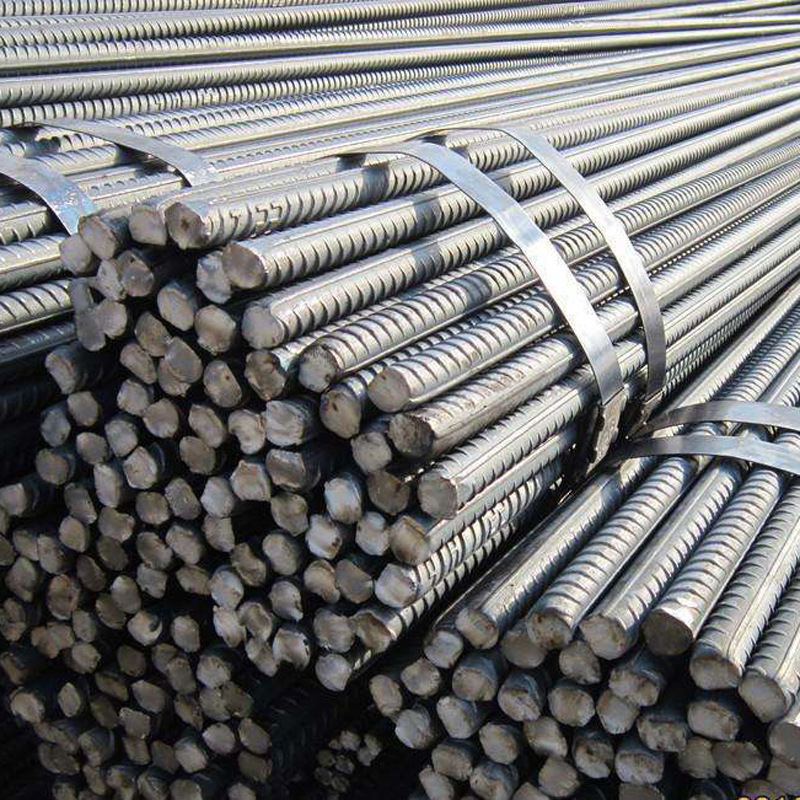
Understanding Steel Rebar: The Hidden Strength Behind Concrete Structures
Date: October 20, 2025
Author: Industry Insights Team
When We See Towering Skyscrapers, Solid Bridges, Or Smooth Highways, We Usually Think of Concrete as the Main Material Holding Everything Together. But Few People Realize That Inside Almost Every Concrete Structure Lies a Secret Hero — Steel Rebar.
What Is Steel Rebar?
Steel Rebar, Short for Reinforcing Bar, Is a Type of Steel Rod Used to Strengthen and Support Concrete. Concrete Is Very Strong When Compressed but Weak When Stretched. To Solve This Problem, Engineers Embed Steel Bars Inside the Concrete.
The Steel and Concrete Work Together — Concrete Handles Compression, And Steel Takes the Tension. This Perfect Partnership Gives Buildings, Bridges, Tunnels, And Dams the Strength and Flexibility to Stand Safely for Decades.
How Is Steel Rebar Made?
Steel Rebar Is Typically Produced from Billets of Carbon Steel That Are Heated and Rolled into Specific Diameters. It Often Features Ridges or Deformations Along Its Surface — These Help the Rebar Grip Tightly to the Surrounding Concrete, Preventing Slippage.
Modern Rebar Manufacturing Also Emphasizes:
High Strength: To Support Heavy Loads
Corrosion Resistance: To Last Longer in Humid or Marine Environments
Recyclability: As Steel Can Be Melted and Reused Repeatedly Without Losing Quality
Different Types of Rebar
There Isn’t Just One Kind of Rebar. Depending on the Project, Engineers Choose from Several Types:
Carbon Steel Rebar: The Most Common and Cost-Effective Type
Epoxy-Coated Rebar: Designed for Corrosion Resistance in Coastal Areas
Stainless Steel Rebar: Used in High-End or Long-Lasting Structures
Glass Fiber Reinforced Polymer (Gfrp) Rebar: Lightweight and Non-rusting, Used in Modern Engineering
Where Is Steel Rebar Used?
Almost Everywhere You See Concrete — You’ll Find Rebar Inside. Common Applications Include:
Buildings and Skyscrapers – for Columns, Floors, And Foundations
Highways and Bridges – to Prevent Cracking and Increase Durability
Tunnels and Dams – for Pressure Resistance and Safety
Marine Structures – like Ports and Piers, Where Corrosion Protection Is Key
Why Steel Rebar Matters
Without Rebar, Concrete Structures Would Easily Crack, Bend, Or Collapse Under Tension. Rebar Makes Construction Safer, More Durable, And Capable of Supporting the Complex Shapes and Loads of Modern Design.
The Future of Rebar Technology
Today, Innovation Is Reshaping the World of Reinforcing Steel. New High-Strength Alloys, Anti-Corrosion Coatings, And Smart Monitoring Systems Are Extending the Life of Rebar and Helping Engineers Build Stronger, Greener, And More Sustainable Structures.
Navigation
Send Us A Message
Get in touch with us
Phone

